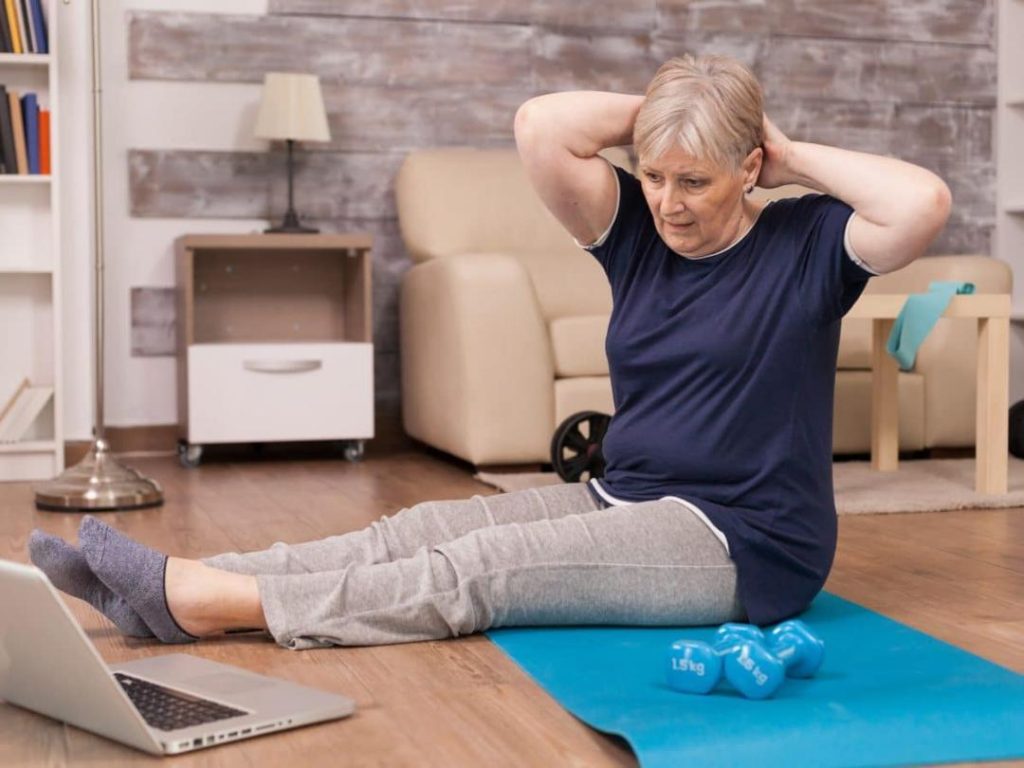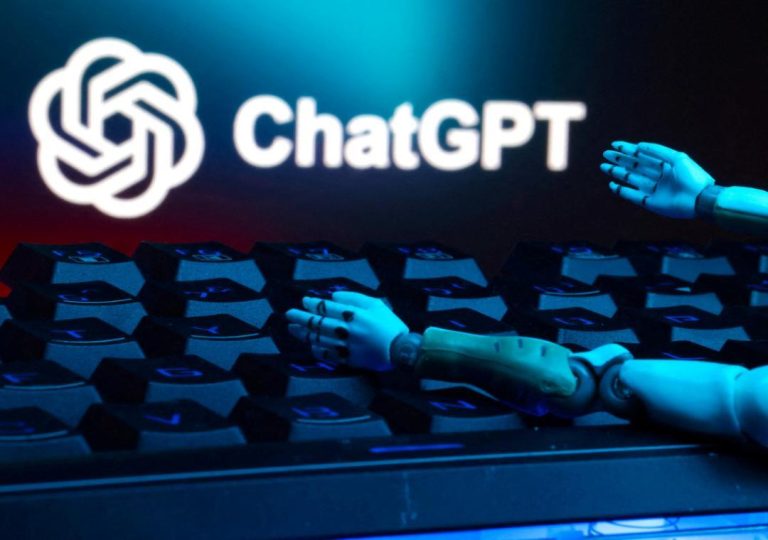
Physiotherapy: How AI & AR are making pain a thing of the past
Pain is a universal experience that can be debilitating and affect anyone, regardless of age or profession. For those who have experienced chronic pain, the mere mention of the word can evoke a mix of emotions – frustration, anxiety, and helplessness. However, the picture is changing with the advent of Artificial Intelligence (AI) and Augmented Reality (AR) in physiotherapy. These technologies are revolutionizing the way we approach pain management and prevention, making it more effective and accessible.
Traditionally, physiotherapy has focused on treating pain after it has occurred. However, the latest advancements in AI and AR are shifting the focus from treatment to prevention. By leveraging these technologies, physiotherapists can now detect musculoskeletal issues early on, provide personalized exercise plans, and even correct posture in real-time.
AI-powered physiotherapy
AI has been increasingly used in healthcare to analyze data, identify patterns, and make predictions. In physiotherapy, AI algorithms can be trained to analyze patients’ medical histories, lifestyle habits, and physical activity levels to identify potential risks of injury or illness. This enables physiotherapists to develop targeted prevention strategies and exercise plans that cater to each patient’s unique needs.
One of the most significant applications of AI in physiotherapy is in the area of pain prediction. AI algorithms can analyze a patient’s medical records, including their medical history, to identify patterns that may indicate a higher risk of developing chronic pain. This allows physiotherapists to intervene early on, preventing the onset of pain and reducing the risk of long-term disability.
AI-powered wearables and apps are also revolutionizing physiotherapy by providing patients with real-time feedback on their posture, movement patterns, and exercise form. These wearables and apps can detect even the slightest deviations from optimal posture, alerting patients to make adjustments before it’s too late. This real-time feedback enables patients to develop better habits, reducing the risk of injury and improving overall physical function.
AR-powered physiotherapy
AR technology has been gaining popularity in various industries, including healthcare. In physiotherapy, AR is being used to enhance patient engagement, provide personalized feedback, and promote active participation in rehabilitation programs.
One of the most innovative applications of AR in physiotherapy is in the area of virtual reality (VR) therapy. VR therapy uses immersive virtual environments to simulate real-life scenarios, allowing patients to practice new skills and movements in a safe and controlled environment. This is particularly useful for patients who may be anxious or hesitant to engage in physical therapy due to fear of injury or embarrassment.
AR-powered mirrors are another innovative application of this technology in physiotherapy. These mirrors use AR to provide patients with real-time feedback on their posture, movement patterns, and exercise form. By projecting a digital image of the patient’s body onto the mirror, physiotherapists can provide personalized feedback and guidance, enabling patients to develop better habits and improve their overall physical function.
The future of physiotherapy
The integration of AI and AR in physiotherapy is paving the way for a more proactive and patient-centric approach to pain management and prevention. By leveraging these technologies, physiotherapists can provide patients with personalized exercise plans, real-time feedback, and early detection of musculoskeletal issues.
The benefits of AI and AR-powered physiotherapy are far-reaching, from reducing the risk of injury and improving physical function to enhancing patient engagement and reducing healthcare costs. As the technology continues to evolve, we can expect to see even more innovative applications of AI and AR in physiotherapy, revolutionizing the way we approach pain management and prevention.
Conclusion
Physiotherapy is no longer just about treating pain after it has occurred. With the advent of AI and AR, the focus is shifting from treatment to prevention. These technologies are providing physiotherapists with powerful tools to detect musculoskeletal issues early on, provide personalized exercise plans, and even correct posture in real-time. By embracing these technologies, physiotherapists can provide patients with more effective and accessible care, making pain a thing of the past.
News Source:
https://www.healthcareradius.in/features/technology/physiotherapy-obesity-tech






